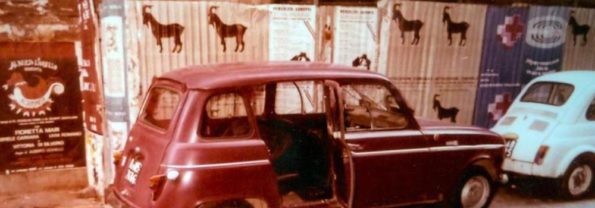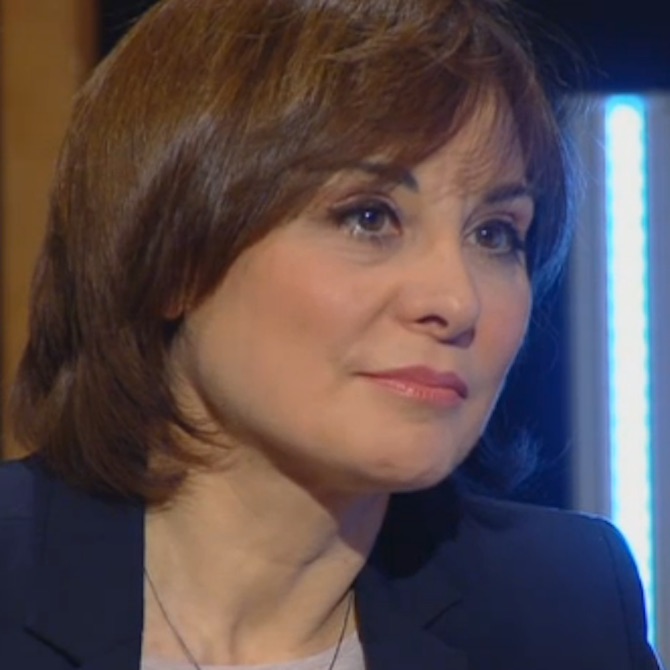Search
To search for an exact match, type the word or phrase you want in quotation marks.
A*DESK has been offering since 2002 contents about criticism and contemporary art. A*DESK has become consolidated thanks to all those who have believed in the project, all those who have followed us, debating, participating and collaborating. Many people have collaborated with A*DESK, and continue to do so. Their efforts, knowledge and belief in the project are what make it grow internationally. At A*DESK we have also generated work for over one hundred professionals in culture, from small collaborations with reviews and classes, to more prolonged and intense collaborations.
At A*DESK we believe in the need for free and universal access to culture and knowledge. We want to carry on being independent, remaining open to more ideas and opinions. If you believe in A*DESK, we need your backing to be able to continue. You can now participate in the project by supporting it. You can choose how much you want to contribute to the project.
You can decide how much you want to bring to the project.

Everybody talks about time. We don’t, Alán Carrasco’s exhibition at ADN Galería immediately makes us think of docufiction, that cinematographic genre that captures reality while introducing unreal elements or fictional situations in the narrative that add intensity to the story. In Carrasco’s case, a very rigorous historical research work, focused on details, allows him to weave alternative but plausible narratives with which to question the hegemonic narrative.
As a result of his stay at the Spanish Academy in Rome, the artist takes three moments of recent European history (the Spanish Transition -1975-1982-), the socio-political violence in Germany (from the beginning of the RAF until 1977, with the “German Autumn”), the Anni di piombo (Years of Lead, 1969-1980) in Italy, which connects, in a transversal way with foquismo, the attempts to implement guerrilla strategies in Europe. From there, Carrasco elaborates a series of works of diverse format in which story and formalization end up creating a series of plausible and credible connections due to the details that, finally, make us doubt everything and in which there is no lack of coups d’effect that, as if by magic, turn the NO ballot to the referendum on the Spanish Constitution into a good support to write down a treatment against arthrosis by Dr. Calatayud or, with a 180º turn, transform the anagram of Garibaldi into the face of Stalin.
In parallel to Carrasco’s speculation as a work methodology, with the “use of history as a malleable material to build a possible story”, ADN Galería presents in the upper space of the gallery The multiple and its replica by Antonio Ortega, a journey in time (not only from the title that alludes to the famous exhibition Art and its double -Dan Cameron- which in turn referred to The Theatre and its Double -Antonin Artaud-) to a work from 1991. Iron rods of 1m. bent for 10 min. and straightened for 100 min. make us think about the ambiguous relationship between absurdity and effort and the futility on which we project value.
Undoubtedly, Antonio Ortega’s star intervention in this exhibition is located on the terrace of the building, where we find the replica of the Lightning Rod Hand (THE hand of Christ in Majesty of Sant Climent de Taüll) that the artist has placed in the National Art Museum of Catalonia, which houses the Romanesque fresco. The fascinating thing about this intervention is not its physical scale -absolutely standard-, but the whole process that has led the artist to this formalization that began with the desire to appropriate the oval room of the MNAC, and that culminates with that lightning rod hand in one of the highest points of the museum and from which we cannot help but hope that it attracts the lightning that already appears announced in the Romanesque painting of Taüll.

Montse Badia has never liked standing still, so she has always thought about travelling, entering into relation with other contexts, distancing herself, to be able to think more clearly about the world. The critique of art and curating have been a way of putting into practice her conviction about the need for critical thought, for idiosyncrasies and individual stances. How, if not, can we question the standardisation to which we are being subjected?
www.montsebadia.net
"A desk is a dangerous place from which to watch the world" (John Le Carré)